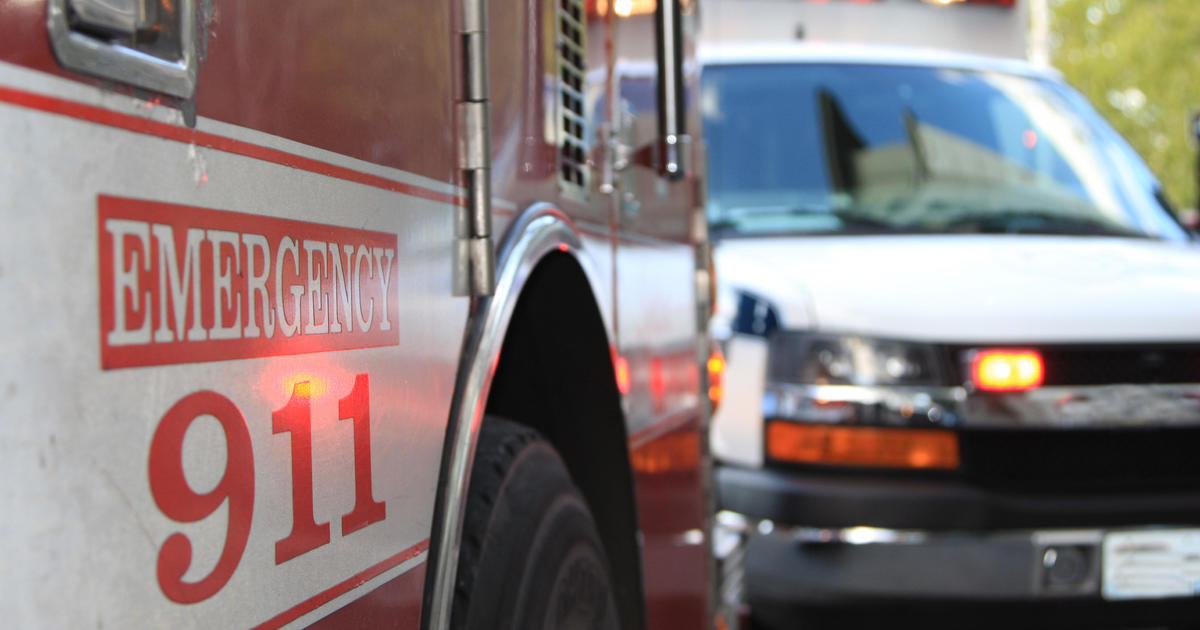Mount Shasta On List Of Volcanoes With 'Very High Threat' Of Eruption
SAN FRANCISCO (CBS SF/AP) -- Northern California's Mount Shasta was included in the top five Thursday on a list of 18 U.S. volcanoes classified as having "very high threat" by the U.S. Geological Survey.
The federal scientists said the 18 have been listed because of what's been happening inside them and how close they are to people.
It was the USGS' first updating of volcano threats in the United States since 2005. The danger list is topped by Hawaii's Kilauea, which has been erupting this year. The others in the top five are Mount St. Helens and Mount Rainier in Washington, Alaska's Redoubt Volcano and Mount Shasta.
The agency said a dozen volcanoes have jumped in threat level since 2005. Twenty others dropped in threat level.
Among those where the threat score is higher are Alaska's Redoubt, Mount Okmok, Akutan Island and Mount Spurr. Threat scores also rose for Oregon's Newberry Volcano and Wyoming's Yellowstone.
At an elevation of 14,179 feet, Mount Shasta is the second-highest peak in the Cascades and the fifth-highest in the state. Scientists say Shasta has erupted an average of every 600 years. The last significant eruption may have occurred about two centuries ago.
"This report may come as a surprise to many, but not to volcanologists," said Concord University volcano expert Janine Krippner. "The USA is one of the most active countries in the world when it comes to volcanic activity," she said, noting there have been 120 eruptions in U.S. volcanoes since 1980.
Kilauea is the most active volcano in the United States "and it's got a lot of development right on its flanks," said government volcanologist John Ewert, the report's chief author. He said Hilo, Hawaii, is probably the biggest city in the United States in a hazard area for a very high threat volcano, Mauna Loa.
Ewert said the threat rankings aren't about what will blow next, but "the potential severity" of the damage.
Eleven of the 18 very high threat volcanoes are in Oregon, Washington and California.
Of the highest threat volcanoes, Washington's Mount Rainier "has the highest number of people in the downstream hazard zone," about 300,000 people, said USGS geologist Angie Diefenbach, a report co-author.
Flagstaff is on the border of the large San Francisco Volcanic Field, which is in the moderate threat level, Ewert said.
Government scientists use two dozen factors to compute an overall threat score for each of the 161 young active volcanoes in the nation. The score is based on the type of volcano, how explosive it can be, how recently it has been active, how frequently it erupts, if there has been seismic activity, how many people live nearby, if evacuations have happened in the past and if eruptions disrupt air traffic.
They are then sorted into five threat levels, ranging from very low to very high.
Denison University volcanologist Erik Klemetti said the United States is "sorely deficient in monitoring" for many of the so-called Big 18.
"Many of the volcanoes in the Cascades of Oregon and Washington have few, if any, direct monitoring beyond one or two seismometers," Klemetti said in an email. "Once you move down into the high and moderate threat (volcanoes), it gets even dicier."
Because of past activity, Alaska volcanoes tend to have a more extensive monitoring system, said Tom Murray, USGS's volcano science center director.
The USGS said a dozen volcanoes have jumped in threat level since 2005. Twenty others dropped in threat level. That includes Salton Buttes, California and Fourpeaked in Alaska. None of the Big 18 changed in overall threat levels, even though 11 had overall threat scores dropping.
Threat scores — and levels — change because of better information about the volcanoes, Klemetti said.
Among those where the threat score — but not the threat level — is higher are Alaska's Redoubt, Mount Okmok, Akutan Island and Mount Spurr. Threat scores also rose for Oregon's Newberry Volcano and Wyoming's Yellowstone.
Besides the top 5, the rest of the Big 18 are: Mount Hood, Three Sisters and Crater Lake in Oregon; Akutan Island, Makushin, Mount Spurr and Augustine in Alaska; Lassen and Long Valley in California; Mount Baker and Glacier Peak in Washington; and Mauna Loa in Hawaii.
There's been a lot of speculation of a super eruption at Yellowstone, but Mike Poland, scientist in charge of the Yellowstone Volcano Observatory, said "We don't really have any indication that Yellowstone is doing anything abnormal."
© Copyright 2018 CBS Broadcasting Inc. All Rights Reserved. The Associated Press contributed to this report.



